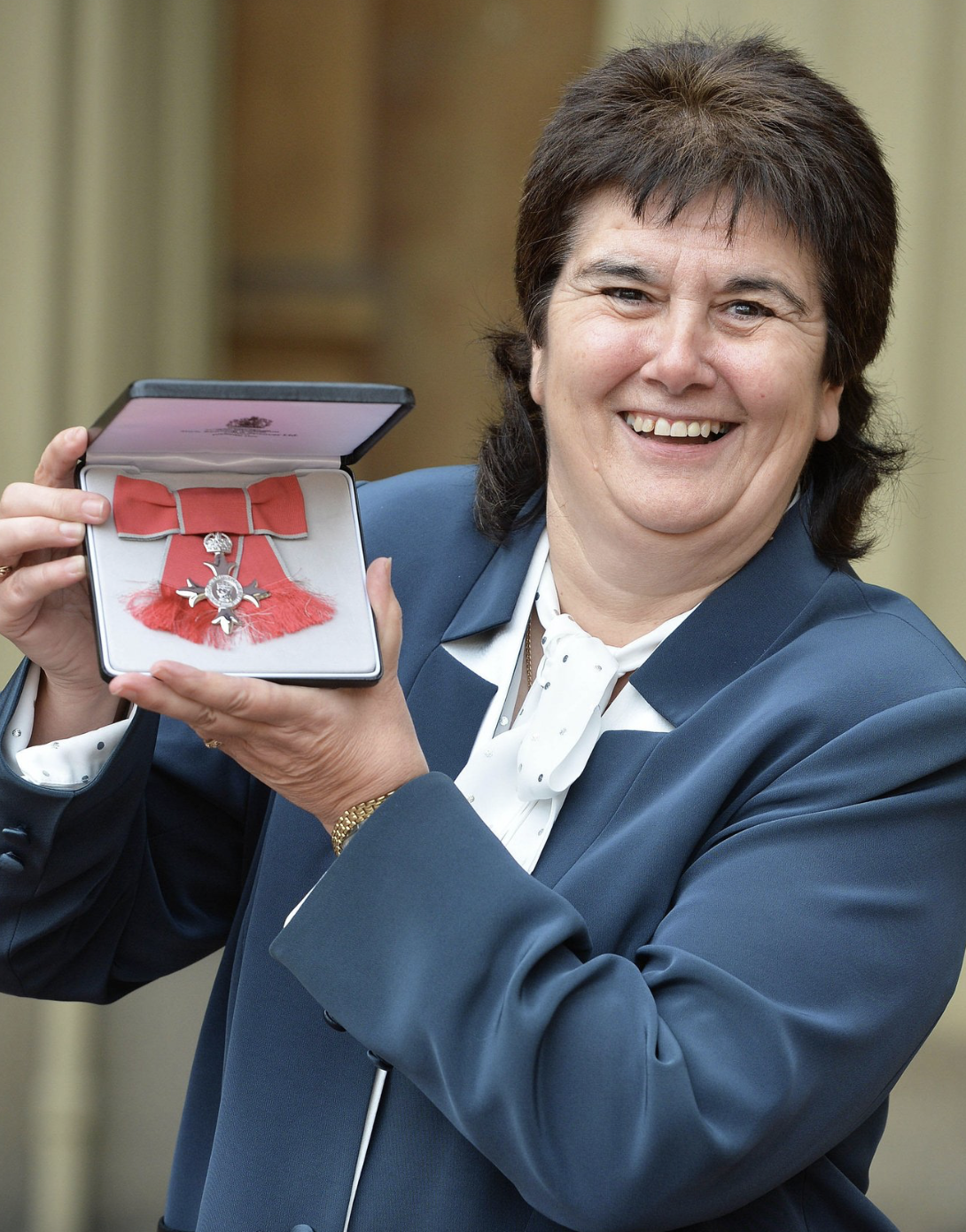Four years on from the COVID-19 pandemic, many areas of our society are still getting back to grips with ‘normal life’ – having been thrust from the reality, into a dark and locked down unknown some four years ago.
For us in the UK, it meant no crowds at sporting events, the infamous ‘Eat Out to Help Out’ scheme, claps for the NHS and sanitising everything on site.
In the football world, both men’s and women’s games were played behind closed doors for the whole of 2020/2021, aside from a few select weeks in and around Christmas with the tiered lockdown system in the UK.
Unlike their male counterparts, the 2019/2020 WSL and Championship seasons were null and voided, with teams not allowed to play their remaining games in the June and July period that the men’s English Premier League and English Football League did.
In the curtailed 19/20 term, the league was settled on a points per game basis, with Chelsea lifting the title and Liverpool being relegated to the FA Women’s Championship as a result.
In a Comittes Government Report written for the University of Liverpool, it was revealed that without any subsidies provided to WSL and Women’s Championship clubs in support of COVID testing, that it would have been a very unlikely situation where clubs would’ve returned to playing in the 2021/2022 season.
This serves as a stark and sobering reminder that the thriving women’s game we see today, with its record-breaking crowds, nearly disappeared altogether. This is especially significant in a time when more people than ever depend on it for mental health support, community, and a sense of escape.
Many people across the globe experienced a reduction in work hours, with most being made to work from home, whilst some industries opted to ‘furlough’ workers, for example in the retail sector where not going into their place of work to avoid the spread of the virus was paramount.
In a Fifpro report compiled by various player unions on the on going findings of the effects of COVID-19 in women’s football, it was stated that nearly half of all unions (47%) had reported that salaries or payments to players were reduced or eliminated in their country in regard to the pandemic.
The very same report looked into the situation surrounding communication regarding the pandemic too, with around 27 unions (a total of 45%) reporting poor communication from clubs surrounding the pandemic.
Thankfully, we seem to be going from strength to strength with regards to women’s football in the UK at least. Attendance records seem to be shattered almost every weekend, with Arsenal leading the way as a marketing powerhouse that the entire league could learn from. At last, we appear to be on the upward trajectory that was abruptly taken from us back in the 2019/2020 season.
In 2023, Karen Carney published a report for the DCMS within the UK Government, titled Raising the Bar – Reframing the opportunity in Women’s Football, which Carney took on, understanding the immense responsibility the report would hold, as a former player, current pundit and first and foremost, fan of the women’s game.
Carney’s report revealed that women were disproportionately affected by the COVID lockdowns compared to their male counterparts. The findings highlighted that many women struggled to balance home life, work, and schooling, with 39% of those surveyed indicating that losing their fitness would have had a lasting impact on their lives.
It wasn’t just the elite, top level sport that was affected too, with the sporting curriculum at lower levels and in schools was impacted with participation levels hitting very very low numbers.
The below screenshot details what was decided on 8th March 2023, for the Government’s Commitments in School Sports.

The report highlighted key challenges that women’s sport in the United Kingdom continues to face today. However, with the recommended changes and a clear roadmap for action, there is hope that the lasting impact of the COVID-19 pandemic on the women’s game may not endure as long as initially feared.
Photo – https://www.lbhf.gov.uk/blogs/blog-two-halves/2020/12/chelsea-s-covid-crisis



